Can You Use Eggshell Paint in Bathroom: What You Need to Know When Using Eggshell Paint in Bathroom
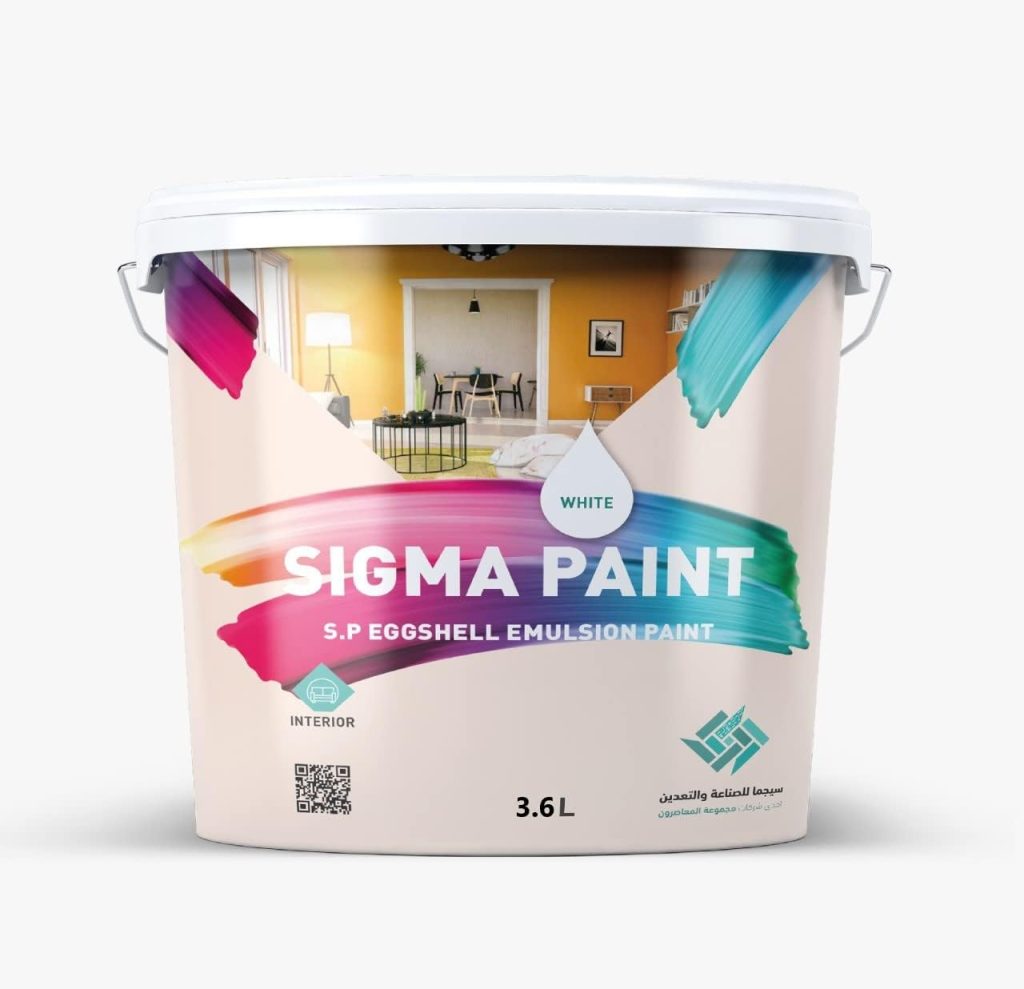

No, eggshell paint is not advisable in the bathroom. Bathrooms are high-moisture areas, and if the paint on the walls is not moisture-resistant, it can lead to problems like mold and mildew growth. Eggshell paint is less moisture-resistant than other finishes, such as semi-gloss or high-gloss paint. However, eggshell paint can be used if your bathroom is well-ventilated, has a good exhaust fan, and is not prone to high moisture.
Pros and Cons of Eggshell Paint in Bathroom
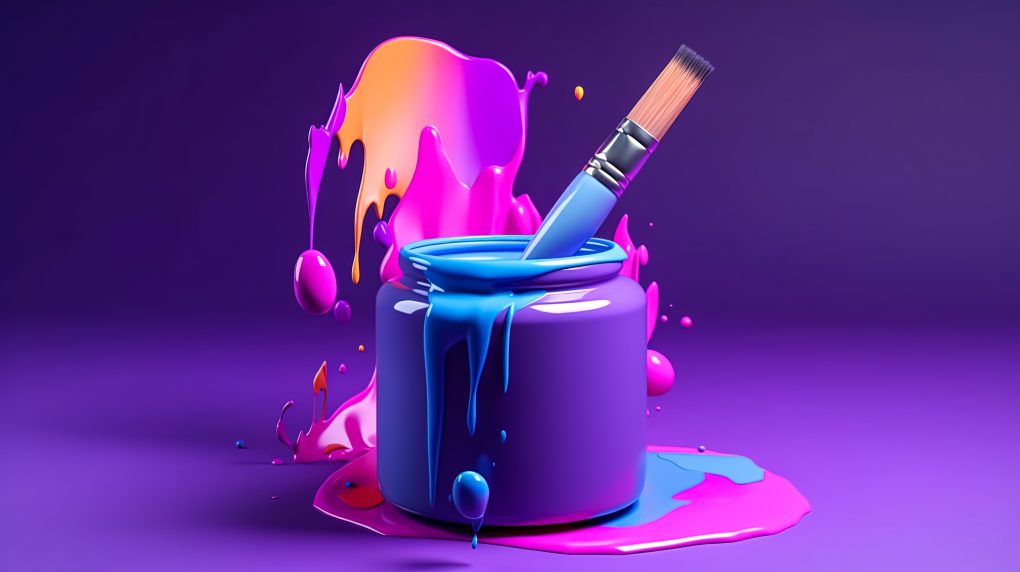

Pros
- Easy to clean: Eggshell paint is easier to clean than a flat paint, making it a practical choice for bathrooms.
- Moisture-resistant: When formulated to resist moisture, mold, and mildew, eggshell paint can be used on bathroom walls.
- Good coverage: Eggshell paint offers good coverage in any room of your home, including bathrooms.
- Available in various colors: An eggshell finish paint comes in various colors, just like any other type of paint.
Cons
While eggshell paint has many benefits, there are also some potential drawbacks to consider:
- Less durable than satin: Satin paint is more durable for high-traffic spaces such as bathrooms.
- May show imperfections: Eggshell paint has a slight sheen that can highlight any imperfections on the wall, such as bumps or cracks.
- Not ideal for ceilings: Flat paint is the most popular choice for ceiling surfaces as it doesn’t have reflective qualities.
Factors to Consider Before Using Eggshell Paint
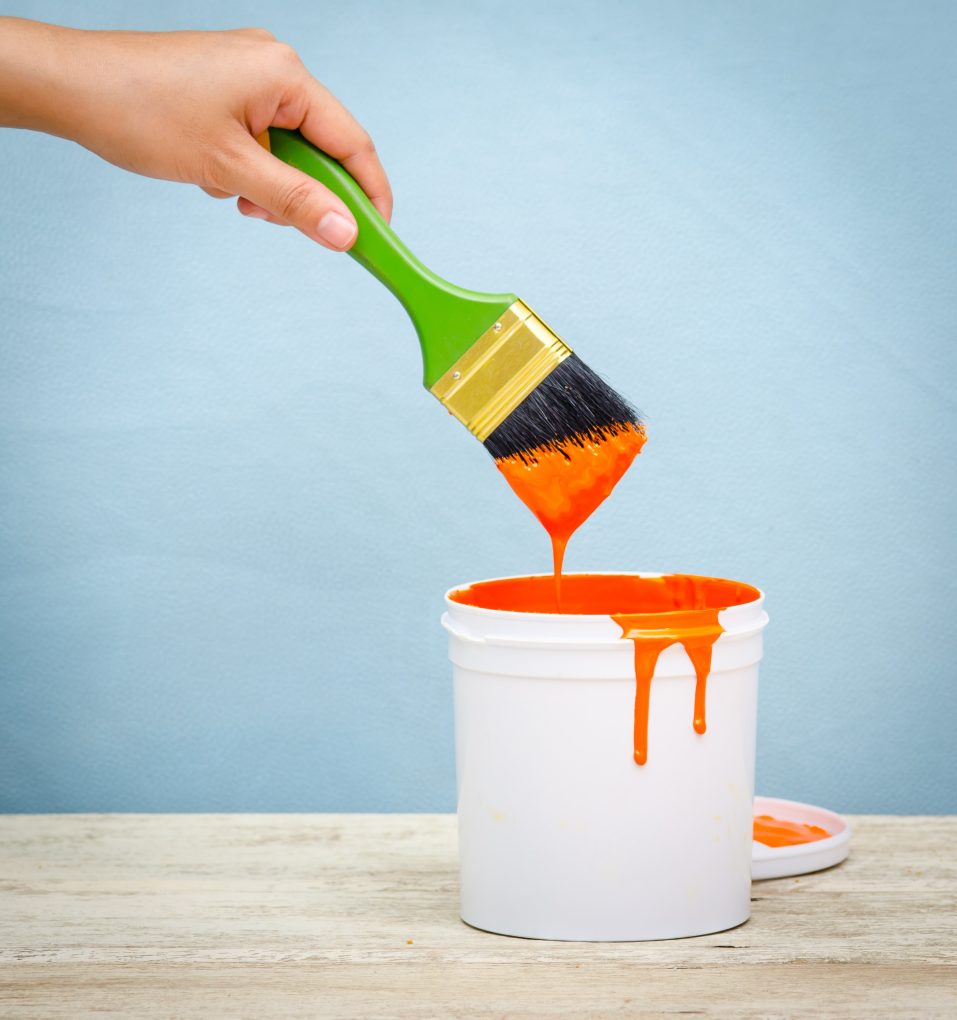

Humidity
Bathrooms are the most humid rooms in a house, and moisture can damage paint. Eggshell paint can be used in the bathroom, but choosing a formula designed to resist moisture, mold, and mildew is important. Satin paint is a better choice for bathroom walls over eggshells because satin is more resistant to dampness.
Ventilation
Good ventilation is crucial in a bathroom to reduce humidity levels, confirmed by Powers Heating and Air. If your bathroom has poor ventilation, consider using paint specifically designed for high-moisture areas, such as a bathroom.
Surface Type and Condition
The type and condition of the surface you are painting can affect the performance of eggshell paint. Eggshell paint is ideal for walls with little pitting, hairline cracks, or an uneven finish. However, if the surface is damaged or has peeling paint, it should be repaired before painting.
Color and Sheen
The paint’s color and sheen can also affect eggshell paint’s performance. Darker colors show more imperfections, while lighter colors are more forgiving. Eggshell paint has a slight gloss, making it easier to maintain than matte or flat paint. Higher sheens are shinier, so consider a higher-sheen paint if you want a more reflective finish.
Preparation and Application of Eggshell Paint
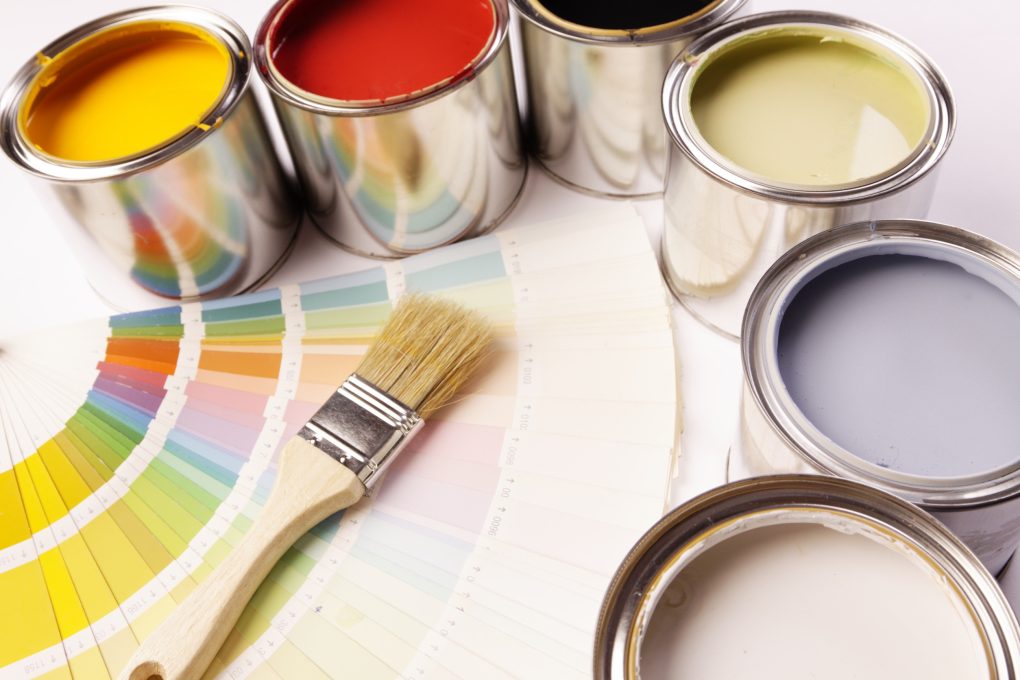

Surface Preparation
Before applying eggshell paint in the bathroom, it is important to prepare the surface properly. Before proceeding, ensure the surface is clean, dry, and free from dirt, grease, or mildew. To remove any dirt or grease, use a cleaning solution, mold, and mildew cleaner to eliminate any mildew. Rinse the surface with water and let it dry totally before proceeding to the next step.
Priming
Clean and dry the surface before painting with eggshell paint. Use a high-quality bathroom primer to improve paint adhesion and prevent stains. Apply evenly and let dry completely before continuing.
Paint Application
Based on experience, use a high-quality paint brush or roller when applying eggshell paint in the bathroom. To achieve a smooth finish, apply the paint evenly and in thin layers, covering the entire surface. To avoid drips and unevenness, be careful not to over-apply the paint. Then, wait for the first coat to dry completely before adding a second coat.
If necessary, apply a third coat for a more even finish. It is vital to note that eggshell paint can take longer to dry than other types of paint. Allow the paint to dry completely before utilizing the restroom or shower. Also, clean any spills or drips immediately to prevent staining.
Maintenance and Care of Eggshell Paint in the Bathroom
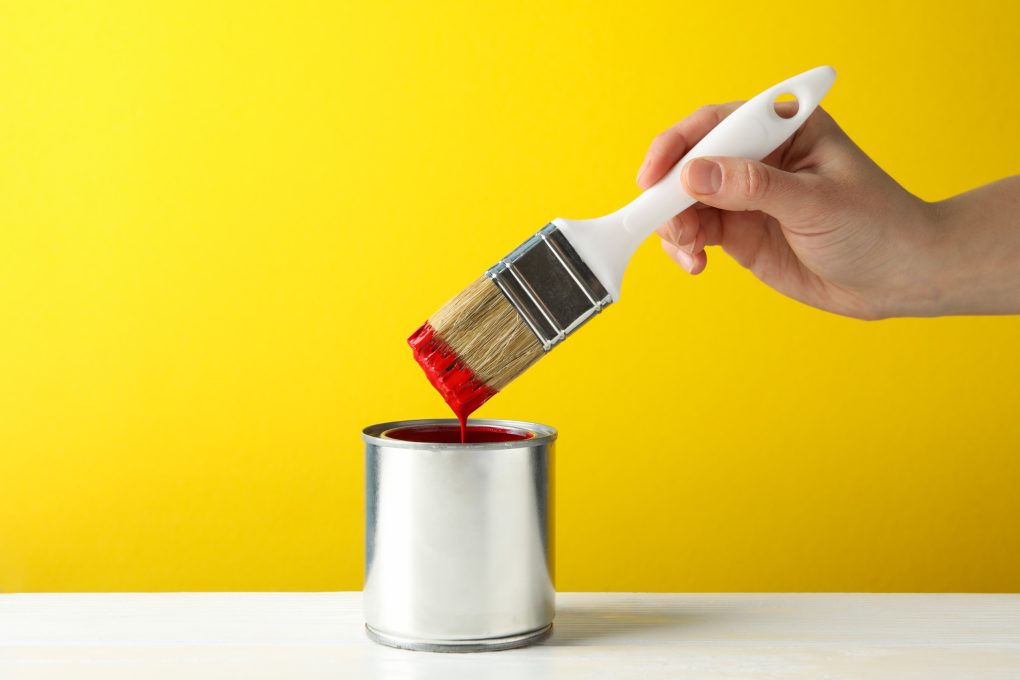

When caring for eggshell paint in the bathroom, some important things must be remembered. Cleaning up any spills or stains as soon as possible is crucial to prevent them from becoming permanent. To do this, gently use a damp cloth and mild soap to wipe away dirt or grime. It’s best to avoid using harsh cleaners or scrub brushes, as these can cause damage to the paint finish.
Another important aspect of caring for bathroom eggshell paint is preventing moisture buildup. Be sure to use proper ventilation when showering or bathing to help reduce humidity levels in the room. This can be conducted by opening a window or turning on a fan. Also, avoid hanging wet towels or clothing in the bathroom, which can contribute to moisture buildup and mold growth.
If you detect mildew or mustiness on the eggshell paint in your bathroom, it’s important to address the issue immediately. Use a mold and mildew remover specifically designed for use in bathrooms, and follow the manufacturer’s instructions carefully. Wear gloves and a mask to protect yourself from harmful fumes.
If you need to touch up any areas of eggshell paint in your bathroom, use the same paint and finish as the original application. This will help ensure a seamless, consistent look throughout the room.
